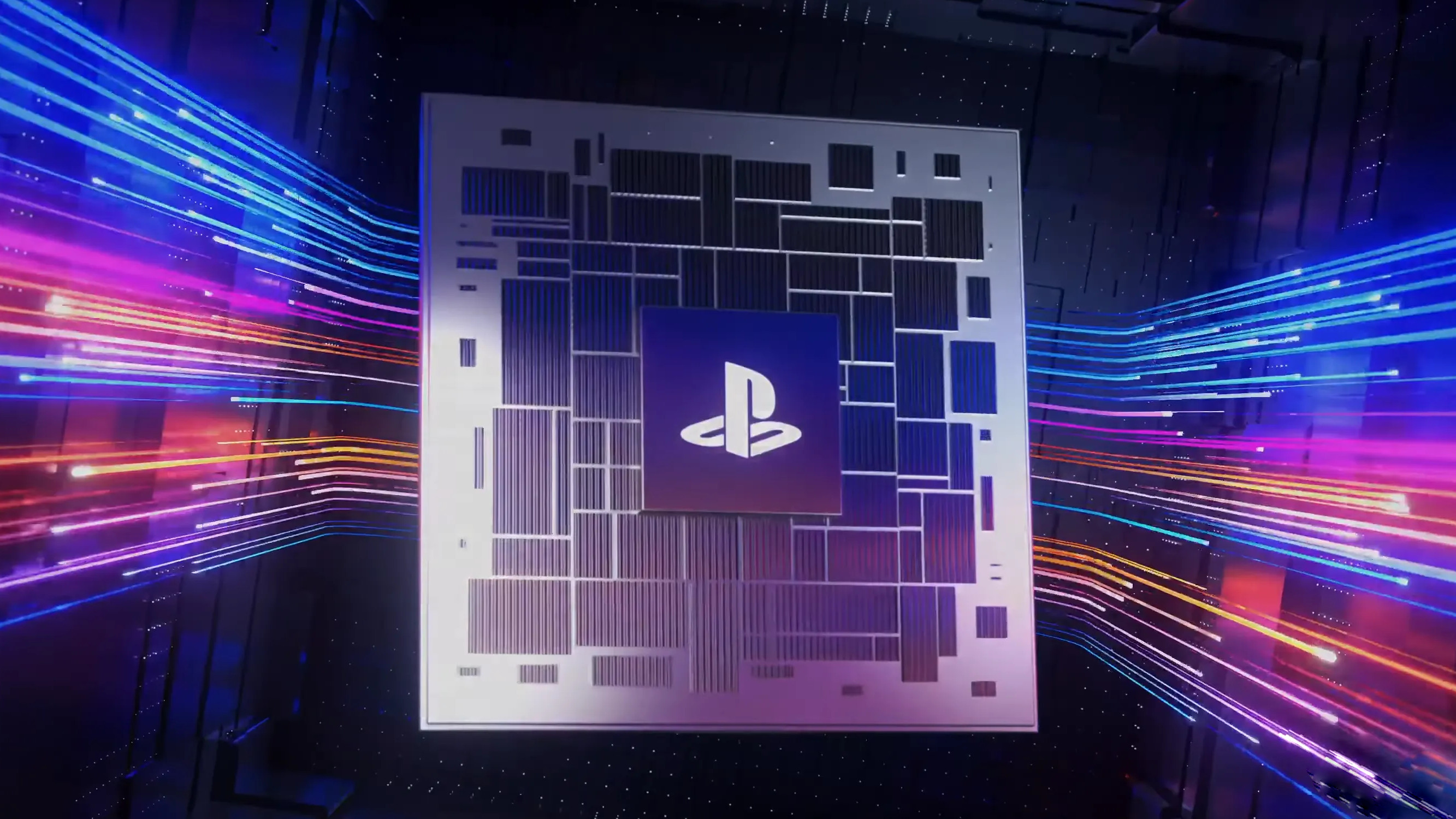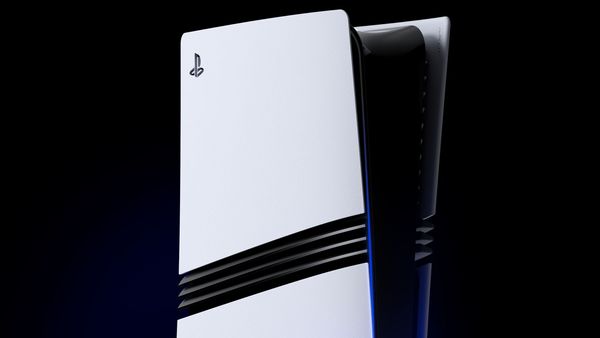
Anyone lucky enough to have grabbed one of AMD's shiny new GPUs at launch last week is likely being delighted by the new RDNA 4 architecture of the Radeon RX 9070 XT. The new RX 9070-series of cards were hard to get, selling out within 10 minutes thanks largely to an accessible MSRP and plenty of positive reviews. A part of this is thanks to the new machine learning powered upscaler in FSR 4, which was developed alongside Japanese tech and gaming giant, Sony, as part of the Project Amethyst initiative.
Eurogamer recently talked to Sony's Mark Cerny on the development of FSR 4 and what it means for the future of PlayStation consoles. The exciting news is gamers won't have to wait for the PS6. Sony plans to have a version of the machine learning tech working on the PS5 Pro in 2026.
"Our focus for 2025 is working with developers to integrate PSSR into their titles; in parallel, though, we have already started to implement the new neural network on PS5 Pro," says the PlayStation lead system architect.
"Our target is to have something very similar to FSR 4's upscaler available on PS5 Pro for 2026 titles as the next evolution of PSSR; it should take the same inputs and produce essentially the same outputs. Doing that implementation is rather ambitious and time consuming, which is why you haven't already seen this new upscaler on PS5 Pro."
There's a pretty big difference between both the power and design of a PS5 Pro and the new RX 9070 lineup of cards. This means the next step for PSSR will look a bit different to FSR 4. Machine learning tricks, such as sparsity which helps speed up processing, are unlikely to be supported. However, Cerny says FSR 4 won't need too much re-architecting to run on the PS5 Pro.
"That is what we are targeting, and we believe we can achieve it," he says. "The peak performance number for PS5 Pro is 300 8-bit TOPS without sparsity, which compares very well to the recently released AMD GPUs. We don't believe sparsity is useful for this particular upscaling algorithm."
With the Amethyst project set to continue into the foreseeable future, it's likely later iterations of Sony and AMD hardware will intersect more and more. Cerny explains the company's plan to continue developing machine learning technologies to improve how graphics are dealt with in games, with the longer term goal of improving hardware architecture to further empower the technology. With the gains we've already seen from FSR 4, it looks like there's a bright future still to come from the collaboration for both PC and console gamers alike.










